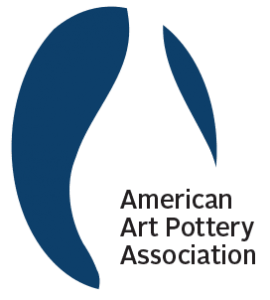JANUARY 04, 2011 | By Jori Finkel, Los Angeles Times
Paul Soldner dies at 89
Ceramicist known for American raku
He stumbled onto the style he became known for, befitting of an artist who celebrated the beauty of the accidental and unpredictable.
Paul Soldner, a ceramicist and longtime Scripps College teacher who introduced a pottery technique called American raku, died Monday at his home in Claremont after a period of declining health. He was 89.
“He was one of the greats in California ceramics — part of the West Coast scene that came on in the ’60s with Peter Voulkos, John Mason and Ken Price,” said Doug Casebeer, an artistic director at theAnderson Ranch Arts Center in Snowmass Village, Colo., which Soldner helped to found. “It was a generation influenced by jazz — the idea of spontaneity and responding to your materials.”
Born in 1921 in Summerfield, Ill., Soldner moved several times in the Midwest for his father’s work as a Mennonite minister. The family landed in the small town of Bluffton, Ohio, where he attended Bluffton College. He didn’t by all accounts have a strong interest in art until he enlisted in the Army medical corps during World War II.
As he later told his family, his desire to become an artist was ignited by the war, or, more specifically, by seeing beauty emerge from terror in the form of charcoal drawings made by Holocaust victims on the barracks walls of the Mauthausen concentration camp in Austria.
“He was really struck by the fact that people in such dire circumstances tried to make beauty out of their lives,” said his daughter, Stephanie Soldner Sullivan. As for his Mennonite upbringing, she said that her father and her mother, Ginny, left the church and at one point explored Buddhism, but her father’s work ethic and his “idea that you made the most of whatever you had” persisted.
This resourcefulness came in handy in 1954, when Soldner moved to Los Angeles to became Voulkos’ first graduate student in the new ceramics program at the Los Angeles County Art Institute (now the Otis College of Art and Design). Because the department was so new and the ceramics studio nearly empty, the two had to build their own potter’s wheels from scratch. As Times art critic Christopher Knight once wrote, “Soldner’s welded X-frame kick-wheel became the California classroom standard, while Voulkos’ ceramics changed the direction of the art.” (Today, Soldner wheels and Soldner tubs, used for mixing clay, are still sold at supply stores.)
http://www.paulsoldner.com



